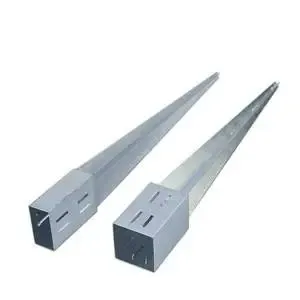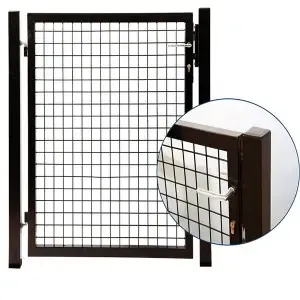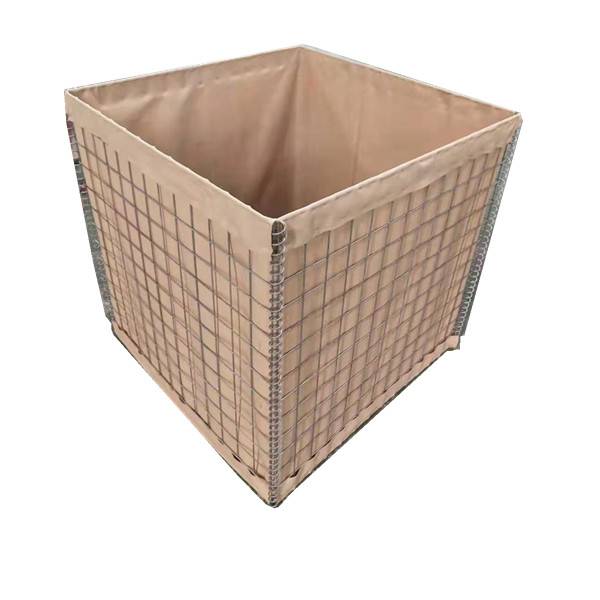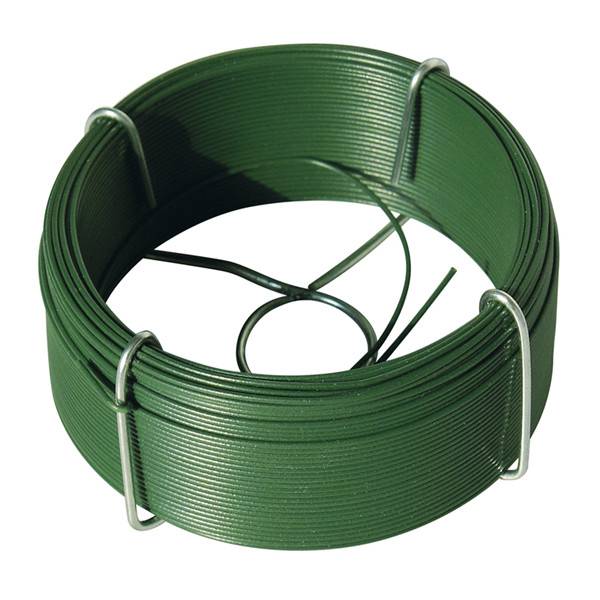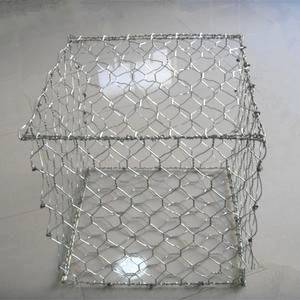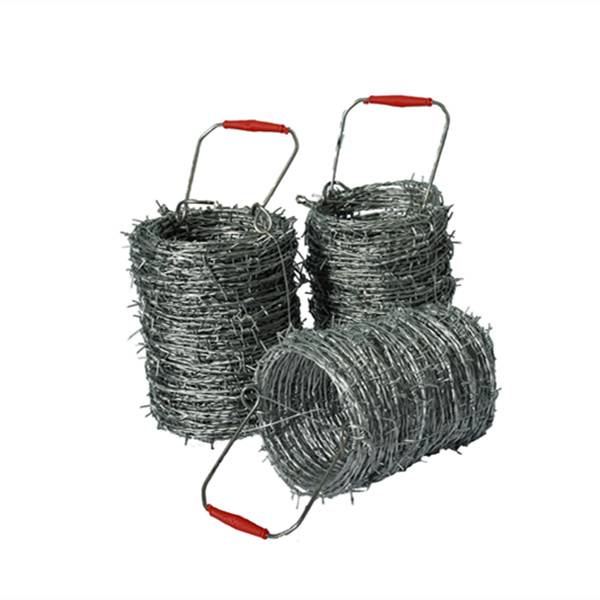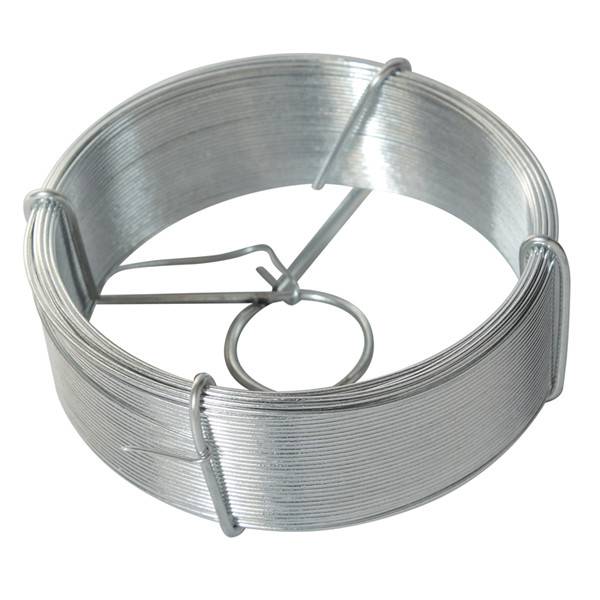
Aug . 19, 2025 04:00 Back to list
Post Support Saddle Bracket | Heavy Duty for 4x4, 6x6 Posts
Understanding the Critical Role of Post Support Saddle Brackets in Modern Infrastructure
In the dynamic landscape of construction and infrastructure development, the integrity and longevity of structural elements are paramount. At the heart of ensuring stability for various vertical applications lies the post support saddle bracket, a deceptively simple yet critically engineered component that forms the bedrock for everything from robust fencing systems to heavy-duty structural supports. This specialized bracket is designed to elevate timber or steel posts off the ground, effectively mitigating common issues such as moisture damage, rot, and insect infestation, which are perpetual threats to ground-embedded structures. Its design, typically featuring a U-shaped saddle, securely cradles the post, providing superior lateral stability and uplift resistance compared to conventional direct embedment methods. The choice of material, manufacturing precision, and adherence to stringent quality controls are not mere details but define the product's ultimate performance and longevity in demanding environments. Across diverse sectors, including residential construction, large-scale industrial projects, agricultural infrastructure involving wire fence post installations, and even temporary event structures, the demand for high-performance post support solutions is continuously evolving. This evolution is driven by increasingly rigorous building codes, a heightened emphasis on sustainable construction practices that extend material lifespans, and the economic imperative to minimize maintenance costs over the lifecycle of a structure. Consequently, understanding the nuanced engineering, application versatility, and inherent advantages of these essential components is crucial for specifiers, engineers, and procurement professionals seeking to achieve optimal structural reliability and cost-efficiency in their projects. This comprehensive exploration delves into the technical intricacies, market dynamics, and operational benefits of selecting the right post support solution, highlighting why precision-engineered saddle brackets are indispensable for modern structural integrity.
Current Industry Trends and Market Dynamics for Post Support Solutions
The market for post support solutions is currently experiencing significant shifts, driven by a confluence of technological advancements, environmental considerations, and evolving construction methodologies. A primary trend is the increasing adoption of elevated post systems over traditional in-ground embedding, largely due to heightened awareness of long-term structural integrity and maintenance costs. This has spurred innovation in materials science, leading to the development of brackets made from advanced corrosion-resistant alloys and superior galvanization techniques. For instance, hot-dip galvanization, a standard for many post support saddle bracket products, provides a zinc coating that can offer protection for upwards of 50 years in typical atmospheric conditions, significantly outperforming painted or electro-plated alternatives. Furthermore, the push towards modular and prefabricated construction methods is influencing demand, as these approaches benefit immensely from standardized, easily installable components like precise saddle brackets, reducing on-site labor and project timelines. The rising popularity of specific post dimensions, such as the ubiquitous 4x4 spike post or the heavier-duty 6x6 post spike for more substantial structures, directly impacts the design and production volumes of corresponding saddle brackets, ensuring compatibility and optimal fit. Moreover, sustainability initiatives are fostering demand for products with lower environmental footprints, prompting manufacturers to explore recycled materials and more energy-efficient production processes. Regulatory bodies are also playing a crucial role, with updated building codes frequently mandating enhanced uplift and lateral load resistance for structures, thereby elevating the performance expectations for post supports. This regulatory stringency drives continuous improvement in product design and material strength, ensuring that components like the post support saddle bracket meet increasingly stringent safety and durability benchmarks essential for resilience against environmental stressors and structural fatigue over extended service lives. The robust nature of the post support saddle bracket is key in these evolving market demands.
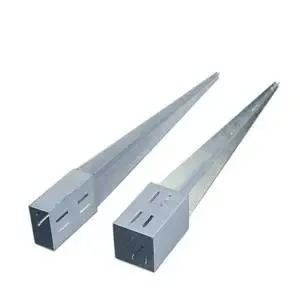
The Meticulous Manufacturing Process of Post Support Saddle Brackets
The production of a high-quality post support saddle bracket is a sophisticated multi-stage process, demanding precision engineering and rigorous quality control to ensure optimal structural performance and longevity. It typically begins with the selection of high-grade raw materials, predominantly carbon steel (such as S235JR or S275JR) due to its excellent strength-to-weight ratio and weldability. For enhanced corrosion resistance, stainless steel variants like 304 or 316 are utilized in specific applications, particularly in marine or highly corrosive industrial environments, though these come with a higher material cost. The primary manufacturing processes include stamping, bending, and welding. Large sheets or coils of steel are first cut to size, then precisely stamped and bent using hydraulic presses to form the characteristic U-shaped saddle and the base plate. Welding, often employing MIG (Metal Inert Gas) or TIG (Tungsten Inert Gas) techniques, is crucial for joining multiple components, such as reinforcing gussets or an extended spike for ground penetration, ensuring robust, high-strength joints that can withstand significant loads. Following fabrication, the brackets undergo a critical surface treatment, most commonly hot-dip galvanization, where components are immersed in molten zinc at approximately 450°C. This creates a metallurgical bond between the steel and zinc, forming a highly durable, sacrificial corrosion protection layer that offers superior performance compared to electro-galvanization or powder coating. Throughout this entire process, adherence to international standards like ISO 9001 for quality management and ANSI/AWS standards for welding is paramount. Each batch undergoes stringent quality checks, including dimensional accuracy, weld integrity through non-destructive testing (NDT) such as ultrasonic or magnetic particle inspection, and coating thickness verification using magnetic induction gauges. This meticulous approach guarantees a product with exceptional durability, typically boasting a service life of 25-50 years depending on environmental conditions, making it an ideal choice for demanding sectors such as petrochemical, metallurgy, and water supply/drainage, where components must demonstrate outstanding resistance to corrosion and mechanical stress while offering significant long-term economic benefits and contributing to overall system integrity.
Detailed Technical Specifications and Performance Parameters
The performance of any post support saddle bracket is quantitatively defined by a suite of technical specifications and parameters that are crucial for engineers and procurement specialists during selection. Key dimensions include the internal width of the saddle (to accommodate specific post sizes like 4x4 or 6x6 timber), the height of the saddle arms, and the dimensions and thickness of the base plate or spike. Material composition, as previously discussed, is fundamental; typically, structural steel grades like S235JR or S275JR are specified for their mechanical properties, including tensile strength (e.g., 360-510 MPa for S235JR) and yield strength (e.g., 235 MPa minimum for S235JR), which dictate the bracket's load-bearing capacity. The corrosion protection method, predominantly hot-dip galvanization, is specified by zinc coating thickness, often expressed in microns (e.g., minimum 55 microns for components over 6mm thick as per ISO 1461, or 85 microns for specific heavier-gauge applications), which directly correlates to the product's resistance to environmental degradation. Load capacities are critical, encompassing both vertical compressive loads and lateral shear loads, which are determined through extensive laboratory testing conforming to relevant ASTM or European standards (e.g., EN 1993 for steel structures). For spike-type brackets, withdrawal resistance and overturning moment capacity are also vital parameters, influenced by spike length (e.g., post spike 4x4 typically uses 600mm or 750mm spikes for adequate ground anchorage) and soil conditions. Tolerances, especially for critical dimensions, are maintained within strict limits, typically ±1-2mm, ensuring precise fitment and compatibility with standard timber or steel posts. Furthermore, the number and size of pre-drilled holes for fasteners are specified, influencing installation ease and the type of fixings required to secure the post within the saddle. Understanding these detailed parameters ensures that the selected post support saddle bracket not only meets the structural demands of the application but also aligns with long-term durability expectations and industry best practices.
| Parameter | Typical Value Range | Relevant Standard / Unit |
|---|---|---|
| Material Grade | S235JR / S275JR / Stainless Steel 304/316 | EN 10025 / ASTM A36 |
| Corrosion Protection | Hot-Dip Galvanized (HDG) | ISO 1461 / ASTM A123 |
| Zinc Coating Thickness | 55 - 85 microns (min.) | ISO 1461 |
| Saddle Internal Widths | 50mm (2x2 post spike), 100mm (4x4 spike post), 150mm (6x6 post spike) | N/A (Standard Post Sizes) |
| Base Plate Thickness | 4mm - 8mm | Manufacturing Spec |
| Compressive Load Capacity | Typically 15 kN - 50 kN | Static Load Test (e.g., EN 1993) |
| Lateral Load Capacity | Typically 2 kN - 10 kN | Static Load Test (e.g., EN 1993) |
| Service Life | 25 - 50+ years (dependent on environment) | Accelerated Corrosion Testing |
Diverse Application Scenarios and Distinct Technical Advantages
The versatility of the post support saddle bracket renders it indispensable across a multitude of industries and construction scenarios, each benefiting from its inherent technical advantages. In residential and light commercial construction, these brackets are foundational for deck supports, pergolas, carports, and fence lines, ensuring posts remain isolated from ground moisture, significantly extending the lifespan of timber structures and reducing the risk of rot or pest infestation. For instance, a common application is in securing a 4 x 4 post spike to support a garden shed or a boundary fence, where simple installation and long-term stability are key. In agricultural settings, particularly for extensive wire fence post installations for livestock containment or property demarcation, saddle brackets offer a robust and reliable method to secure posts, preventing ground-level degradation and minimizing maintenance. Industrially, in sectors such as petrochemical, metallurgy, and water treatment, where structures are exposed to corrosive chemicals, extreme temperatures, or high humidity, specialized variants made from stainless steel or with enhanced galvanization are employed to support pipes, cable trays, and structural frameworks. The inherent advantage of these brackets lies in their design which allows for the elevation of posts, preventing direct soil contact. This critical separation results in superior corrosion resistance and prevents moisture wicking, directly leading to increased service life and significantly lower lifecycle costs due to reduced need for repairs or replacements. Furthermore, their pre-engineered nature ensures consistent performance, simplifies installation, and allows for precise alignment, contributing to higher quality builds and reduced labor time on site. The ability to anchor posts securely while permitting potential future adjustments or replacements with minimal disruption to the surrounding foundation also represents a significant operational benefit, underscoring their economic and structural efficacy in varied and challenging environments. This broad applicability highlights why the post support saddle bracket is a preferred choice.
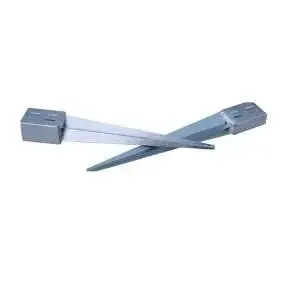
Strategic Advantages: Manufacturer Comparison and Tailored Solutions
When selecting a supplier for post support saddle bracket solutions, B2B decision-makers must look beyond initial cost to evaluate manufacturers based on a comprehensive set of criteria that impact long-term project success and structural integrity. A crucial differentiator among manufacturers lies in their adherence to international quality standards such as ISO 9001, which signifies a commitment to consistent quality management throughout the production lifecycle. Leading manufacturers also boast rigorous in-house testing facilities, conducting cyclic load tests, salt spray corrosion tests (e.g., ASTM B117), and pull-out tests to validate published load capacities and predicted service life, often exceeding minimum industry requirements. This commitment to testing and certification, including potential FDA or CE marking for specific applications, provides an unparalleled level of assurance regarding product reliability. Furthermore, reputable suppliers offer extensive technical documentation, including CAD files, installation guides, and detailed performance data, which are invaluable for architects, engineers, and contractors. Our commitment to excellence is underscored by over a decade of dedicated service in the hardware industry, establishing strong partnerships with leading construction firms and suppliers globally. We differentiate ourselves not only through superior product quality but also through our ability to provide highly customized solutions. Recognizing that standard products may not suffice for every unique project, we offer bespoke design and manufacturing services. This includes producing brackets for non-standard post dimensions, adjusting base plate configurations for unique anchoring requirements, or specifying alternative materials and finishes for extreme environmental conditions. This tailored approach, combined with a robust quality assurance framework and expert technical support, ensures that clients receive precisely engineered solutions that optimize performance, reduce installation complexities, and deliver exceptional value, addressing the specific structural challenges of any project, from a simple 2x2 post spike application to complex industrial installations.
Real-World Application Cases and Proven Performance
The practical effectiveness and reliability of the post support saddle bracket are best illustrated through its successful implementation in diverse real-world projects, demonstrating its versatility and robust performance under varying conditions. One notable case involved a large-scale agricultural development requiring the installation of several kilometers of perimeter fencing using 150x150mm (approximately 6x6 post spike equivalent) timber posts. Traditional in-ground embedment was deemed unsuitable due to varied soil consistency and the need for long-term resistance to moisture and pests. By utilizing heavy-duty saddle brackets with extended spikes, the project achieved superior stability and an expected lifespan exceeding 40 years, significantly reducing future maintenance costs for the client. Another compelling example comes from a coastal residential development, where elevated decks and pergolas were designed to withstand high winds and corrosive saline environments. Here, stainless steel 316 grade post support saddle bracket components were specified to support 100x100mm (4x4 spike post equivalent) timber posts. The superior corrosion resistance of the material combined with the elevated design ensured the structural integrity and aesthetic appeal of the outdoor living spaces would endure the harsh marine climate, fulfilling stringent local building codes. Furthermore, in an industrial application within a chemical processing plant, specialized hot-dip galvanized saddle brackets were used to support non-structural piping frameworks in a highly corrosive atmosphere. The robust zinc coating, verified through regular thickness checks, provided the necessary protection against chemical fumes, demonstrating the product’s adaptability beyond typical construction, into demanding engineering environments. These case studies highlight not just the technical capabilities of the saddle bracket in managing diverse loads and environmental challenges, but also the economic advantages derived from enhanced durability and reduced lifecycle costs, proving its value as a fundamental component in reliable and sustainable infrastructure development across varied sectors. The consistent performance of the post support saddle bracket in these applications is undeniable.
FAQs, Delivery, Warranty, and Customer Support
Ensuring client confidence and satisfaction is paramount, which is why we provide comprehensive support alongside our high-quality post support saddle bracket solutions. Our commitment to trustworthiness is reflected in our transparent policies regarding frequently asked questions, delivery logistics, warranty assurances, and dedicated customer support. FAQs: Common inquiries often revolve around load capacities, material compatibility with different post types (e.g., treated timber vs. composite posts), and specific installation procedures. For instance, clients frequently ask if a post spike 4x4 can be used in rocky soil; our expert team provides detailed guidance on ground conditions suitable for spike versus base-plate designs. Another common question relates to the lifespan of hot-dip galvanization in aggressive environments; we provide data based on ISO 1461 and ASTM A123 standards, coupled with practical advice on environmental factors specific to the post support saddle bracket. Delivery and Lead Times: We understand the critical nature of project timelines. Our standard lead time for most common post support saddle bracket configurations is typically 3-5 business days for domestic shipments, with international orders ranging from 2-4 weeks, depending on customs and shipping routes. For large volume orders or customized solutions, a specific production and delivery schedule is provided at the time of quotation, ensuring full transparency. Expedited shipping options are also available to meet urgent project deadlines. Warranty Assurance: All our post support saddle bracket products are backed by a comprehensive 10-year structural warranty, guaranteeing against manufacturing defects and material failures under normal use and proper installation. This warranty reflects our confidence in the superior engineering and robust quality control processes employed in our manufacturing facilities. Extended warranties can be negotiated for large-scale or mission-critical projects. Customer Support: Our dedicated technical support team comprises experienced engineers and product specialists available via phone, email, and live chat during business hours. They provide pre-sales consultation, assist with product selection, offer installation guidance, and address any post-purchase queries. We prioritize prompt and knowledgeable responses to ensure seamless project execution and long-term client satisfaction, fostering enduring partnerships built on trust and reliability.
References and Authoritative Resources
- ISO 1461: Hot-dip galvanized coatings on fabricated iron and steel articles — Specifications and test methods. International Organization for Standardization.
- ASTM A123 / A123M: Standard Specification for Zinc (Hot-Dip Galvanized) Coatings on Iron and Steel Products. ASTM International.
- EN 1993 (Eurocode 3): Design of Steel Structures. European Committee for Standardization.
- American Institute of Steel Construction (AISC) Design Guide Series: Base Plate and Anchor Rod Design. AISC.
- The Galvanizers Association of Australia (GAA) Technical Notes on Corrosion Protection. GAA.
-
Custom Weld Mesh – Tailored Solutions for Durable Industrial Fencing & Construction
NewsNov.24,2025
-
Comprehensive Guide to Chicken Welded Wire Mesh: Uses, Benefits & Suppliers
NewsNov.23,2025
-
BRC Weld Mesh – Durable Reinforcement Solutions for Modern Construction
NewsNov.23,2025
-
Durable BRC 3315 Mesh for Reliable Concrete Reinforcement | Hardware In Store
NewsNov.23,2025
-
Discover the Benefits of Green Weld Mesh – Durable, Sustainable Fencing Solutions
NewsNov.22,2025
-
Electro Welded Mesh: Durable, Versatile Steel Grid Solutions | HardwareInStore
NewsNov.22,2025
Products categories




